
The array of adaptations that have evolved in fish has resulted in their ability to inhabit a wide range of different habitats — even if there’s water only part of the year, there are usually fish. As fish hobbyists, we are fortunate to have a plethora of species to choose from that vary in shape, color and behavior.
One adaptation in particular is decidedly unique: the presence of electroreceptors. There are more than 60 species (representing less than 1 percent of all fish) that can generate low-frequency electric fields around their bodies. These external electrical fields are produced by specialized electric organs (modified muscles) and are used in predation, defense, orientation and/or communication.
Because knifefishes inhabit murky water, they evolved small eyes and have poor eyesight. As a result, during daylight they remain hidden in poorly lit areas among dense vegetation, driftwood and any other dim, protected area. As the sun disappears to the west, however, knifefishes emerge and go on the prowl, using their special electric organs to "feel” their way through the water.
Producing a small electrical field around their body by contracting and relaxing specialized muscles, they are able to detect potential food or predators when the electrical field is disturbed. If the disturbance signifies food, the knifefishes will home in on it and attack with surprising accuracy. If a potential threat is determined, the knifefish quickly flees the area, while at the same time supercharging its electrical field to further confuse the predator.There is more than one type of knifefish. Let’s cover the species kept in aquaria here, starting with one of the most well-known species.
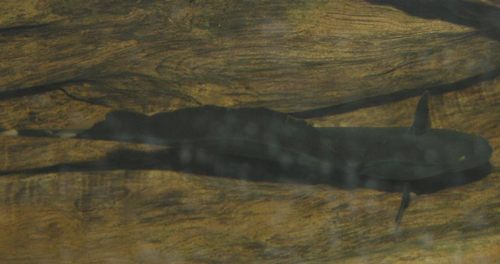
Black ghost or phantom knifefish (Apteronotus albifrons). This is probably the most ominous-looking species because of its jet-black body. This dark coloration is only interrupted by a white patch on the head and two wide white bands near the base of the tail fin. The common name is in reference to South American natives that believe that the ghosts of the departed take up residence in these fish.
This is a large species at 20 to 24 inches. It does well in a large community tank, but it is very territorial and aggressive toward others of its own kind. Only one black ghost should reside in an aquarium. Other than this, its mild disposition toward other fish has made it popular with aquarists. It can be housed with peaceful species, such as large gouramis, cichlids, arowanas, plecos and oscars. As a predator, it will prey upon any small fish, so select tankmates carefully.The clown knife is native to Southeast Asia, including Thailand, India, Malaysia, Sumatra and Borneo. This fish is my personal favorite. It is the most striking knifefish, with a row of pale white or gold and black circular markings along the middle of its silver body. The color varies in some individuals. Some will display a more off-white or pale gold color. This may be the result of age, the surrounding environment or diet. Large specimens (up to 36 to 40 inches in the wild) are truly magnificent. Like other knifefish, it is active at dawn and twilight, remaining hidden during daylight.
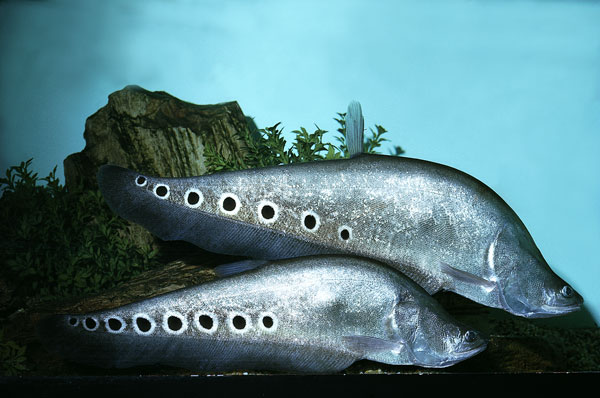
The clown knifefish is bred on a commercial basis in Thailand, where they are also an important food fish. They lay eggs between May and July, and the male guards both eggs and brood. Some reports state that soft water and a lot of floating plants — which may be used as a substrate for the eggs — are necessary for spawning, though hard substrates are sometimes utilized. The male guards the eggs until they hatch, with incubation lasting about one to two weeks. Upon hatching, the fry will accept newly hatched brine shrimp. It is suggested that newly hatched fry be transferred to a separate aquarium. I’m not aware of any records of successful breeding in home aquariums, and there is no apparent sexual dimorphism.
This is one of the smaller species, attaining a maximum size of 12 inches. The common name is in reference to the semi-transparent and slightly green-hued body, making the internal organs, skeleton and veins visible in young specimens. Specimens become more opaque as they mature.
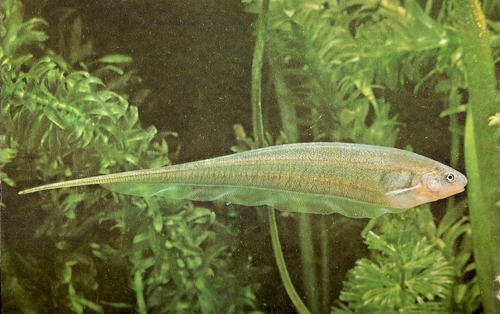
Reports also state that this knifefish lays eggs among plants. Breeding can be difficult, with spawning usually encouraged by simulating rainy season conditions by doing large water changes. To raise the fry successfully, transfer the adults to a separate aquarium.
The Asian knifefish is slightly larger than the glass knifefish, which grows to 14 inches. Not as spectacular as the previous three species in coloration and markings, the body is a dull silver with the ventral surface exhibiting a light pinkish hue. They are aggressive toward their own kind and will readily consume any food that will fit in their mouths. Given this, they should be kept in a large community aquarium with other larger fish, including large barbs (e.g., tinfoil), silver dollars, bala sharks and the like.
Although young specimens will live in small schools they become intolerant of each other as they mature and must be separated. There are a few reports of spawnings that took place at night and resulted in up to 200 eggs deposited on the bottom of the aquarium. Similar to the clown knifefish, the male guards the eggs until they hatch, and incubation lasts about two weeks. Once hatched, the fry will accept newly hatchedAs noted in the descriptions, other than the glass knifefish, it’s best if only one knifefish is housed per aquarium. This will prevent any territorial and aggressive behaviors, as well as stress due to disruption of the fish’s electrical field. In addition, avoid other electrogenic fish, such as elephant-noses (e.g., Campylomormyrus tamandua and Gnathonemus petersi).
I’ve already noted recommended sizes and species for knifefish tankmates in community setups. As a knifefish grows, some of these smaller community fish may need to be swapped out for larger fish so that they do not become live food. Avoid aggressive fish, such as tiger barbs and some cichlids, which may harass and thus cause stress.
Probably the most important criterion when setting up a tank for knifefishes is aquascaping. Because knifefishes inhabit murky water, you want to create an environment with an abundance of dark or dimly lit areas using a variety of driftwood, rock and dense live or artificial plants. If live plants are integrated into the aquarium, it will need relatively high-intensity lighting. Therefore, the overall aquascaping must provide the knifefishes with areas that are significantly shaded. Robust plants, such as swords and grasses, work well, with floating plants, such as duckweed, salvinia and water hyacinth, used to assist in shading the aquarium.In addition, a length of PVC pipe integrated into the aquascaping will be used by the knifefishes. A knifefish that feels exposed or insecure due to inadequate acquascaping may become stressed and stop feeding, and thus become vulnerable to disease.
Keep in mind that the presence of any metal, particularly ferrous metals (iron, steel), can be a problem in the knifefish environment because the metals can cause problems with their sensory electroreceptors. Avoid metal thermometers and any other metal equipment in their setup. Running a strong magnet through the substrate to be placed in the aquarium is a good idea to detect and remove ferrous contaminants.
The location of the aquarium is also important. For example, I would not suggest a room in which overhead or other lighting is turned on and off at all times of the day. In addition, you might consider the use of moon or lunar lighting during evening hours. Also, knifefishes are scaleless, so there shouldn’t be any sharp edges on rocks, and more importantly, the substrate should have smooth, round edges.
Excellent, consistent water quality is of utmost importance for maintaining healthy knifefishes. An efficient filter is necessary to ensure zero levels of ammonia and nitrite, and frequent partial water changes are needed to maintain minimal nitrate levels. The filter’s return flow show be directed so that no significant currents are created.Although knifefishes are considered hardy, poor water conditions will lead to their demise through stress and resulting bacterial infections and fin rot. Water temperature should be between 73 and 81 degrees Fahrenheit, with a consistent pH on the acidic side (between 6.0 and 7.0); these fish are intolerant of alkaline pH values, and even more intolerant of pH fluctuations.
Sudden changes in water chemistry can make these sensitive fish prone to ich. If treatment is necessary, they cannot be treated using medications containing caustic dyes and/or metallic compounds (see the sidebar "No Metal for Knifefish”). For treating ich, I suggest using the elevated water temperature method or using zinc-free malachite green at half the recommended dosage.Knifefishes will thrive on a variety of commercially prepared, protein-rich flakes and pellets. Also include Tubifex worms, frozen and freeze-dried foods, and live, meaty foods, including bloodworms, crickets, and feeder guppies or goldfish.
Because knifefishes spend most of their time near the bottom of the aquarium, it’s important to ensure that sufficient quantities of food make it to the bottom. In nature, the larger knifefish species are primarily piscivorous, but if you start early, you may be able to wean them over to the commercially prepared foods just outlined. Don’t be surprised if some specimens only accept food during the night.If you’d like to consider something completely new, different and interesting, knifefishes may be the answer — if you’re up to the challenge. Provide the appropriate aquarium that is aquascaped for them, choose tankmates carefully, and make sure they receive a balanced diet. The knifefishes will do the rest.
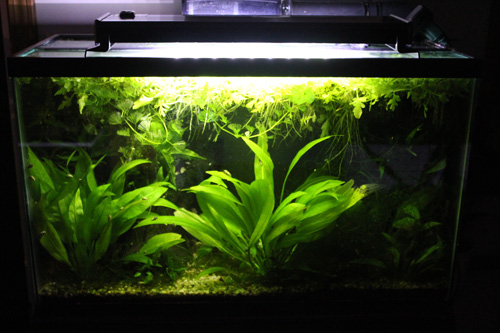 Modular LED lighting for freshwater and marine aquariums
Aquarium manufacturers are shifting to LED lighting systems
Modular LED lighting for freshwater and marine aquariums
Aquarium manufacturers are shifting to LED lighting systems
 UV Sterilizers and Freshwater Discus Aquariums
Q. I have a 90-gallon freshwater aquarium that is bare-
UV Sterilizers and Freshwater Discus Aquariums
Q. I have a 90-gallon freshwater aquarium that is bare-
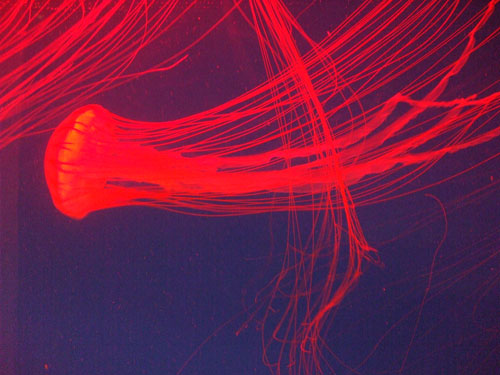 Proper Aquarium Lighting for your Aquarium Application
Lighting, just like filtration and heating, is an essential
Proper Aquarium Lighting for your Aquarium Application
Lighting, just like filtration and heating, is an essential
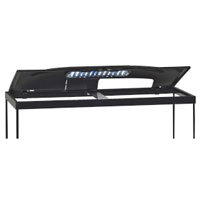 Time To Upgrade Your Aquarium Lights?
Several years ago, a new type of light fixture first appeare
Time To Upgrade Your Aquarium Lights?
Several years ago, a new type of light fixture first appeare
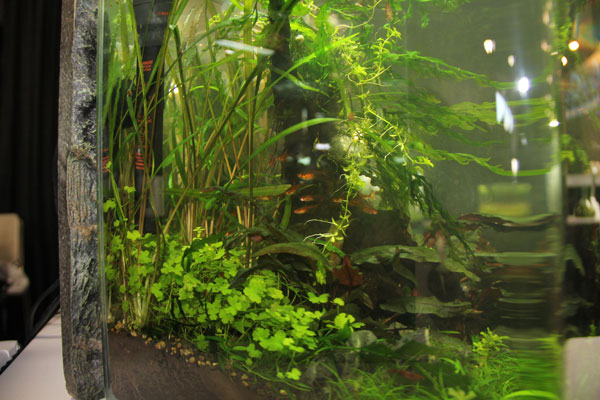 Innovations in the Aquarium Hobby
Fishkeeping has experienced a lot of progress throughout the
Innovations in the Aquarium Hobby
Fishkeeping has experienced a lot of progress throughout the
Copyright © 2005-2016 Pet Information All Rights Reserved
Contact us: www162date@outlook.com